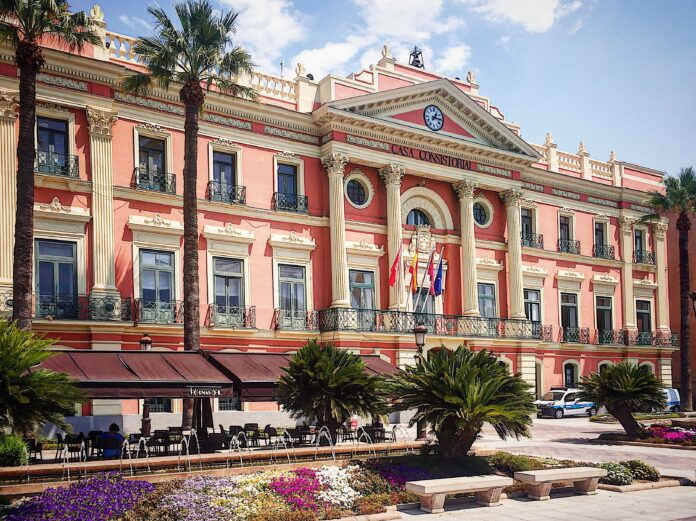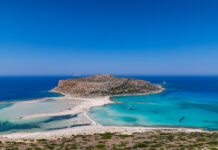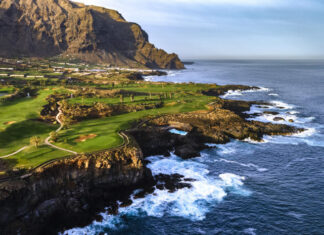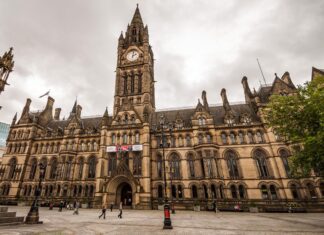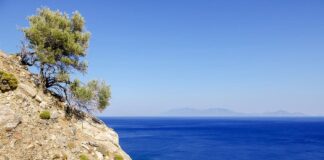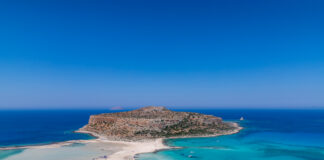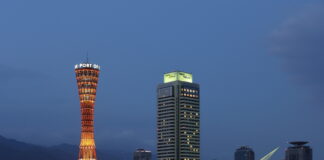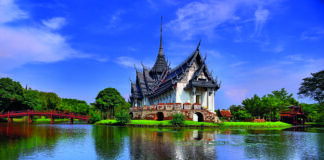Nestled in the southeastern region of Spain, Murcia beckons travelers with its rich history, vibrant culture, delectable cuisine, and picturesque landscapes. This guide unveils the treasures awaiting you in this captivating Spanish city.
An Introduction to Murcia
Murcia, the capital city of the eponymous province, lies along the Segura River. Its location in a fertile valley amidst mountains and near the Mediterranean coast has endowed it with a unique tapestry of cultural influences and natural splendor.
Historical Significance
The origins of Murcia date back to 825 AD when Abd ar-Rahman II founded it. Over the centuries, it has been a melting pot of Christian, Muslim, and Jewish influences. The city's historical landmarks serve as a testament to its rich past.
Cathedral de Santa María
One of the must-visit landmarks is the Cathedral de Santa María, an awe-inspiring example of Gothic architecture with Baroque and Renaissance elements. The bell tower offers a breathtaking panoramic view of the city.
Real Casino de Murcia
Another architectural gem is the Real Casino de Murcia. Built-in the 19th century, it is a mesmerizing amalgamation of different architectural styles and a symbol of the city's historical affluence.
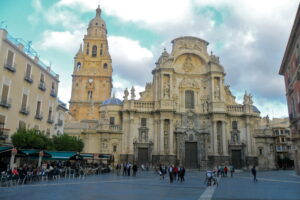
The Culinary Scene
Murcia is often called the "Market Garden of Europe" owing to the abundance of fresh produce from the fertile lands around the Segura River. This abundance is mirrored in the rich culinary heritage of the city.
Tapas
When in Murcia, indulging in tapas is a must. Visit the bustling bars and restaurants around Plaza de las Flores and enjoy classic dishes like "marineras" (Russian salad atop a bread ring with an anchovy) and "paparajotes" (lemon-leaf fritters).
Traditional Dishes
Don't miss trying the traditional "Caldero," a flavorful rice dish with fish and peppers. Another must-try is "Zarangollo," a delightful scramble of eggs, zucchini, and onions.
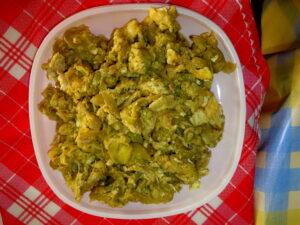
Festivities and Culture
Murcia's cultural tapestry is vividly displayed through its festivals.
La Feria de Murcia
In September, the city celebrates La Feria de Murcia, which includes processions, concerts, and traditional "huertano" costumes.
Semana Santa
One of the most dynamic celebrations is Semana Santa (Holy Week) in April, with its processions marked by statues of religious figures and flowers.
Natural Beauty
Surrounding Murcia are landscapes of incredible natural beauty.
Sierra Espuña Regional Park
For outdoor enthusiasts, the Sierra Espuña Regional Park is a haven with its pine forests, trails, and wildlife.
Travel Tips
- Language: Spanish is the primary language spoken, but English is generally comprehended, especially in tourist areas. Learning a few basic Spanish phrases can enhance your experience.
- Currency: The currency in Spain is the Euro. Having some cash for small expenses is advisable, though cards are widely accepted.
- Transportation: Murcia is well-connected through buses and trams. Renting a bike is also a popular way to explore the city.
- Climate: Murcia enjoys a Mediterranean climate. Winters are mild, and summers are hot. Spring and fall are the best times to visit for pleasant weather.
- Local Produce: Remember to wander through the local markets. Mercado de Verónicas, in particular, is an age-old market where you can shop for fresh produce and indigenous products.
Interesting Fact
The Floridablanca Gardens in Murcia is the first public garden in Spain, dating back to the 18th century.
Murcia, often overlooked by travelers, is a treasure trove of history, culture, and gastronomy. Whether you are a history enthusiast, a foodie, or a nature lover, Murcia promises an enriching and unforgettable experience.

